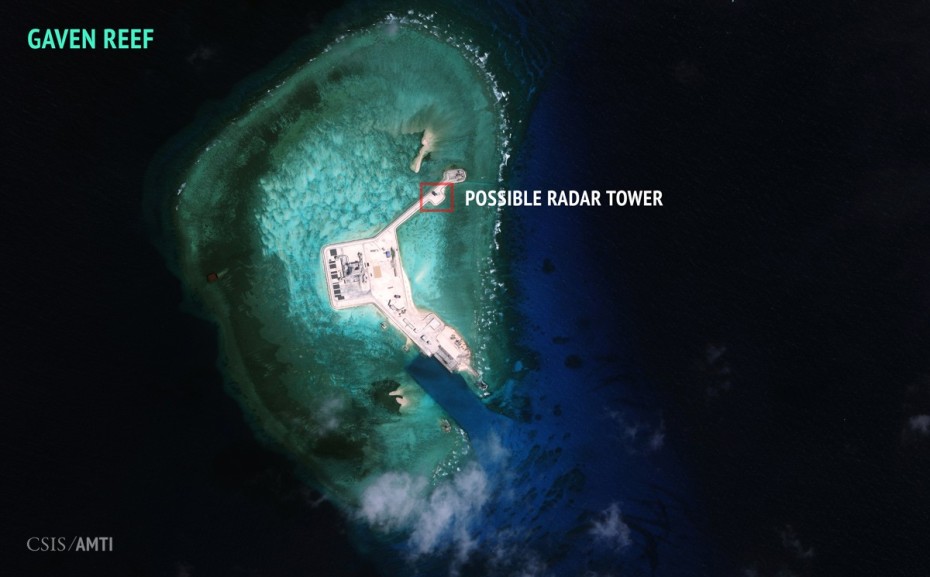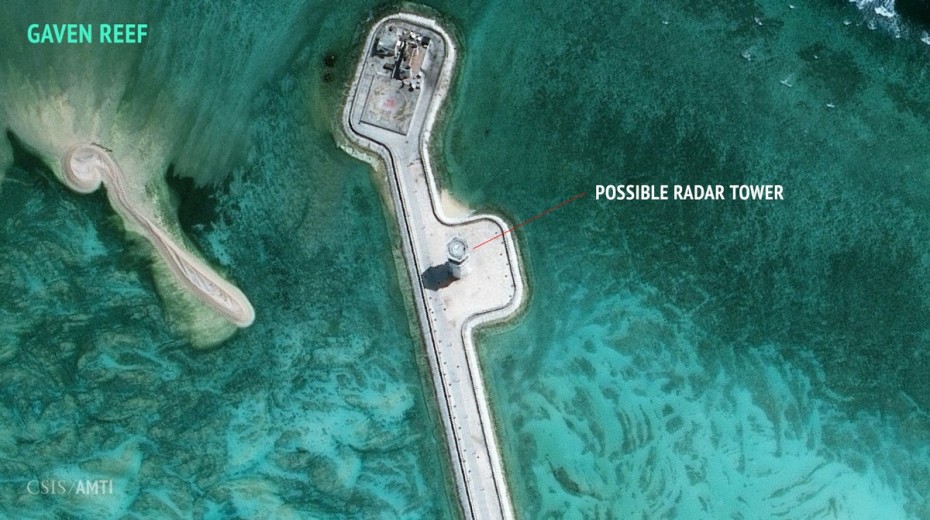 The stage is set for further tensions in the South China Sea as Beijing announced on Friday that it has adopted its first law on deep sea exploration, in the nation’s latest move to assert itself as a maritime power.
The stage is set for further tensions in the South China Sea as Beijing announced on Friday that it has adopted its first law on deep sea exploration, in the nation’s latest move to assert itself as a maritime power.
On Friday, China’s top legislature passed the country’s first law on deep seafloor resource exploration to “protect the maritime environment” and “ensure sustainable exploitation”, Chinese state-run Xinhua News agency reports.
The new law was approved at the bi-monthly session of the National People’s Congress (NPC) — the Chinese parliament — and signed by President Xi Jinping after a second reading, although usually laws in China are passed after a third or fourth reading.
The new legislation is said to “protect the rightful interests of Chinese citizens and organizations in their search for resources and in deep sea surveys,” Xinhua reports.
“Exploration and development should be peaceful and cooperative, in addition to protecting the maritime environment and safeguarding the common interests of mankind,” Xinhua added.
Meanwhile, the new bill — which comes at a time when tensions are at a boiling point as China is embroiled in a dispute with regional neighbors and the U.S. over control of the South China Sea — is being perceived as another way that the world’s second-largest economy is trying to ramp up its military activity in the region.
A Review of China’s Growing Militarization of the South China Sea Over Recent Weeks
.
Two weeks ago it was reported that China deployed two batteries of eight HQ-9 surface-to-air missile launchers and a radar system on disputed Woody Island in the Paracel Islands, according to satellite imagery.
Here’s a look at the satellite image, courtesy of ImageSat International:

Diagram including a satellite image of the beach from Feb. 14. (ImageSat International)
Here’s a satellite image courtesy of Stratfor with a better look at the same area:

Image courtesy of Stratfor Global Intelligence
The image dated on February 14 showed the presence of the equipment on Woody Island, whereas the same area looked to be empty in an image dated on February 3, the report stated.
Aside from China, both Taiwan and Vietnam also assert sovereignty of the Paracel Islands.
Earlier this week it was reported that China has already deployed fighter jets to one of the disputed islands in the South China Sea, according to Fox News, who cited two U.S. officials.
According to the report, these Chinese fighter jets were deployed to the very same island where China positioned the surface-to-air missile launchers and radar system on Woody Island.

China’s Shenyang J-11
The report added that Chinese Shenyang J-11s (“Flanker”) and Xian JH-7s (“Flounder”) fighter jets were spotted by U.S. intelligence on Woody Island over days leading to the report said.
Also, earlier in the week, a new report said that China may be building a high-frequency (HF) radar facility on one of the islands in the disputed waters, which poses a bigger threat to the balance of power in one of the world’s busiest waterways than previously detected surface-to-air missile equipment.
According to the report from CSIS’s Asia Maritime Transparency Initiative, new radar facilities being developed at Cuarteron Reef in the Spratly Islands will bolster China’s ability to monitor surface and air traffic and could significantly change the operational landscape in the South China Sea.
Here’s a look at satellite imagery courtesy of CSIS that appears to show radar facilities, including a possible HF radar facility, being constructed on the disputed island:
China’s artificial island on Cuarteron Reef, as of January 24, 2016.

The southern section of China’s outpost on Cuarteron Reef, as of January 24, 2016.

The northern section of China’s outpost on Cuarteron Reef, as of January 24, 2016.

For China, such radar facilities, in addition to runways and air defense capabilities on the islands would establish effective control over the sea and airspace throughout the oil-rich South China Sea, the report said.
Aside from China, Vietnam, Malaysia, Brunei, Taiwan, and the Philippines also assert sovereignty of the Spratly Islands.
Last month a U.S. Navy ship USS Curtis Wilbur (DDG 54), an Arleigh Burke-class guided missile destroyer, came within 12 nautical miles of Triton Island in the disputed Paracel Islands, which thus angered China and escalated tensions between Beijing and Washington.
In response to the incident, The Pentagon said the warship was exercising the right to freedom of navigation in open seas.
Shortly thereafter, Chinese state media said in an op-ed piece that its military forces should fire warning shots and deliberately ram U.S. warships that sail too close to their islands in the South China Sea.
In the article, posted on the social media account of the People’s Daily, state media declared that China must “teach the U.S. a lesson” should they continue intruding on China’s rightful territory, the South China Morning Post reported.
China’s Territorial Claims of the South China Sea
.
Beijing has argued that its installations in the disputed South China Sea have “civilian and scientific purposes”, and denies that they are militarizing the region as alleged by the U.S.
China has likened its military buildup on Woody Island to that of the U.S. Navy’s in Hawaii.
 “There is no difference between China’s deployment of necessary national defense facilities on its own territory and the defense installation by the U.S. in Hawaii,” Foreign Ministry spokeswoman Hua Chunying said.
“There is no difference between China’s deployment of necessary national defense facilities on its own territory and the defense installation by the U.S. in Hawaii,” Foreign Ministry spokeswoman Hua Chunying said.
China has been embroiled in fierce territorial disputes in the region ever since they claimed a vast swathe of land known as the ‘nine-dash line.’
China claims historical right over almost the entirety of South China Sea.
Tensions in the South China Sea have been on the rise since Beijing began a massive ‘land reclamation’ project to expand and construct facilities on these small islands in the disputed areas of the region.
Taiwan and other ASEAN members, including Malaysia, the Philippines, Vietnam, Taiwan, and Brunei also stake territorial claims in the resource-rich area, a key region for international navigation routes were it is said that $5 trillion in global trade passes every year.

Sovereignty disputes and China’s nine dash line in the South China Sea
Here are some further satellite images of the recent military buildup on the disputed islands in the South China Sea:
Images are courtesy of Stratfor Global Intelligence and CSIS:





China’s artificial island on Gaven Reef, as of February 12, 2016.

The northern section of China’s outpost on Gaven Reef, as of February 12, 2016.

China’s artificial island on Hughes Reef, as of February 7, 2016.

The eastern section of China’s outpost on Hughes Reef, as of February 7, 2016.

China’s artificial island on Johnson South Reef, as of February 9, 2016.

The northern portion of China’s outpost on Johnson South Reef, as of February 9, 2016.




Discussion
No comments yet.